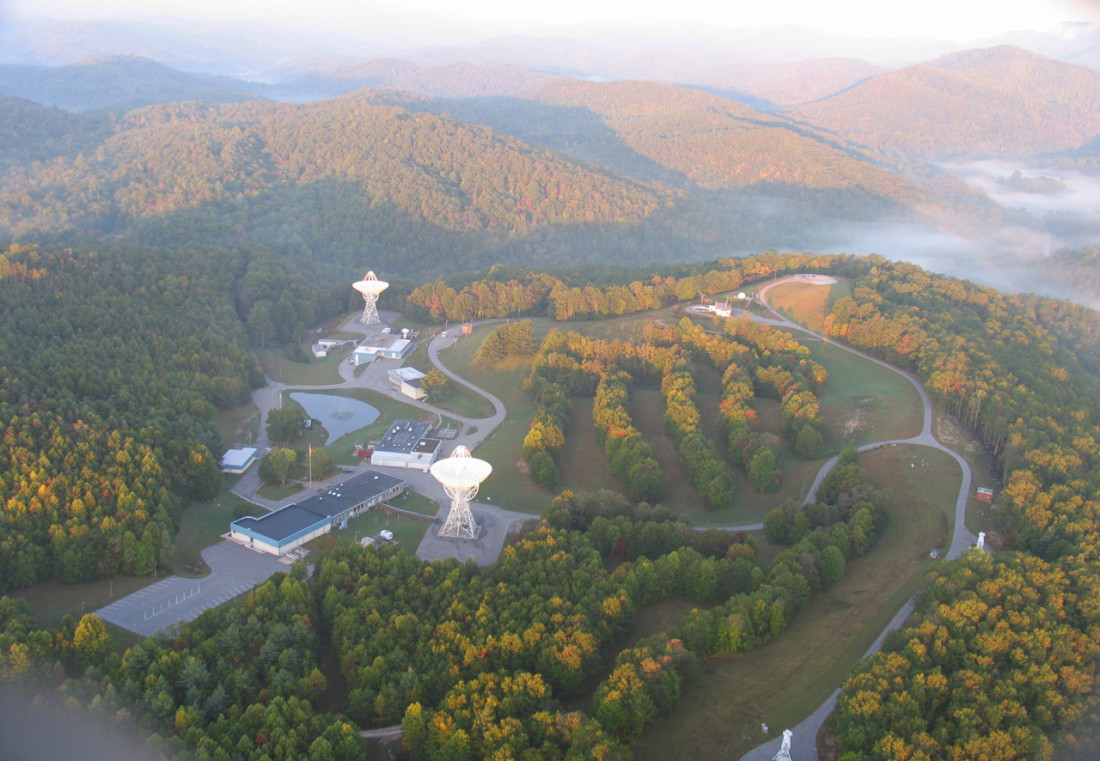Press release from Pisgah Astronomical Research Institute in Rosman, NC:
In 1962, NASA chose a scenic location in Transylvania County, North Carolina, to establish the East Coast satellite tracking station during the infancy of the U.S. space program. Fifty-five years later, NASA is returning to the site, now home to the Pisgah Astronomical Research Institute (PARI), to conduct multiple research projects during the much-anticipated Total Solar Eclipse on August 21, 2017. Given that the path of totality will cut across the country (14 states) and most will experience greater than 75%, this event will be of national interest.
“We are happy to be welcoming NASA back to the campus for the eclipse,” said Don Cline, PARI founder and president. “We have worked closely with NASA on numerous projects over the years and are honored to once again be affiliated with the world’s leading space program.”NASA chose PARI for these research projects because the 200-acre campus lies in the eclipse’s “path of totality” and has a well-documented track record for hosting research endeavors.
In addition to NASA, over 250 amateur astronomers will be in attendance for the event, including 80 astronomers from Italy.
“We have two 26-meter (85 ft.) radio telescopes, a 4.6 meter (15 ft.) radio telescope and a 12-meter (40 ft.) radio telescope,” said Steve Saucier, PARI executive director. “This is the first time in history that an eclipse has passed over an array of sophisticated telescopes like these, giving us the opportunity to conduct scientific studies that have never before been possible. Another first for this site”At PARI, the total solar eclipse will begin at 2:36:44 pm EDT on August 21st, 2017 and last for 1 minute, 47 seconds.
Earlier in the day, NASA/ NC Space Grant, will launch a high altitude balloon equipped with payloads to produce live video and still images of the eclipse from near-space (approximately 90,000 feet). NC Space Grant is a consortium of 13 member institutions and seven industry/government/non-profit partners“PARI is the perfect location to serve as a host site for our research on the day of the eclipse,” said Jobi B. Cook, Associate Director, NASA/NC Space Grant. “We chose PARI because of its wonderful staff and facilities.”
Geoff Bland, a research engineer at the NASA Goddard Space Flight Center will lead a second team of scientists with the AEROKATS program (Advanced Earth Observation Kites and Terrestrial Systems).
“At PARI we will have the unique opportunity to conduct novel meteorological and remote sensing observations about the response of the local environment to the eclipse, said Bland. “The launch will also help us develop new educational kite-based research systems.”
NASA’s eclipse research falls right in line with PARI’s longstanding stated mission to “provide hands-on educational and research opportunities for a broad cross-section of users in science, technology, engineering and math (STEM) disciplines.”
Don and Jo Cline founded PARI as a non-profit science foundation in 1998, utilizing the campus formerly occupied by NASA and other government agencies.
“PARI was founded with the vision of providing science discovery and learning experiences to people of all ages, with a special focus on getting young people interested in science with fun, hands-on activities,” said Cline. “The total solar eclipse is a great example of that vision in action. Today, PARI is a well-equipped science center bristling with instruments and expertise to help maximize an experience that people will remember for a lifetime.”The attention focused on PARI during the eclipse comes at a fitting time. The organization is embarking on an ambitious expansion of its program of work on the 200-acre site it occupies within the Pisgah National Forest.
“The total solar eclipse at PARI is happening on one of the historic sites where America’s focus on space and dedication to scientific advancement changed the world,” said Saucier. “Simultaneously, PARI is building on that legacy by embarking on a transformation— a new era of innovative science education and research that will create new economic opportunities for PARI and for North Carolina.”
PARI’s transformation campaign includes an ambitious slate of new initiatives that include capital projects and innovative STEM-based programs and activities. The goal is to engage a wider audience in the pursuit, understanding and enjoyment of earth and space science and to identify viable economic development opportunities.
“Because of the total solar eclipse, we will have ‘two dawns’ on August 21st,” said Saucier. “That’s a fitting metaphor for our organization, which is undergoing a renewal that we believe will have profound benefits for our state and for our country.”




As the date of the August 21 eclipse draws near, keep this important safety information in mind: You MUST use special eclipse safety glasses to view a partial eclipse and the partial phases of a total eclipse. To do otherwise is risking permanent eye damage and even blindness. The ONLY time it’s safe to look at a TOTAL eclipse without proper eye protection is during the very brief period of totality when the Sun is 100 percent blocked by the Moon. If you’re in a location where the eclipse won’t be total, there is NEVER a time when it’s safe to look with unprotected eyes.